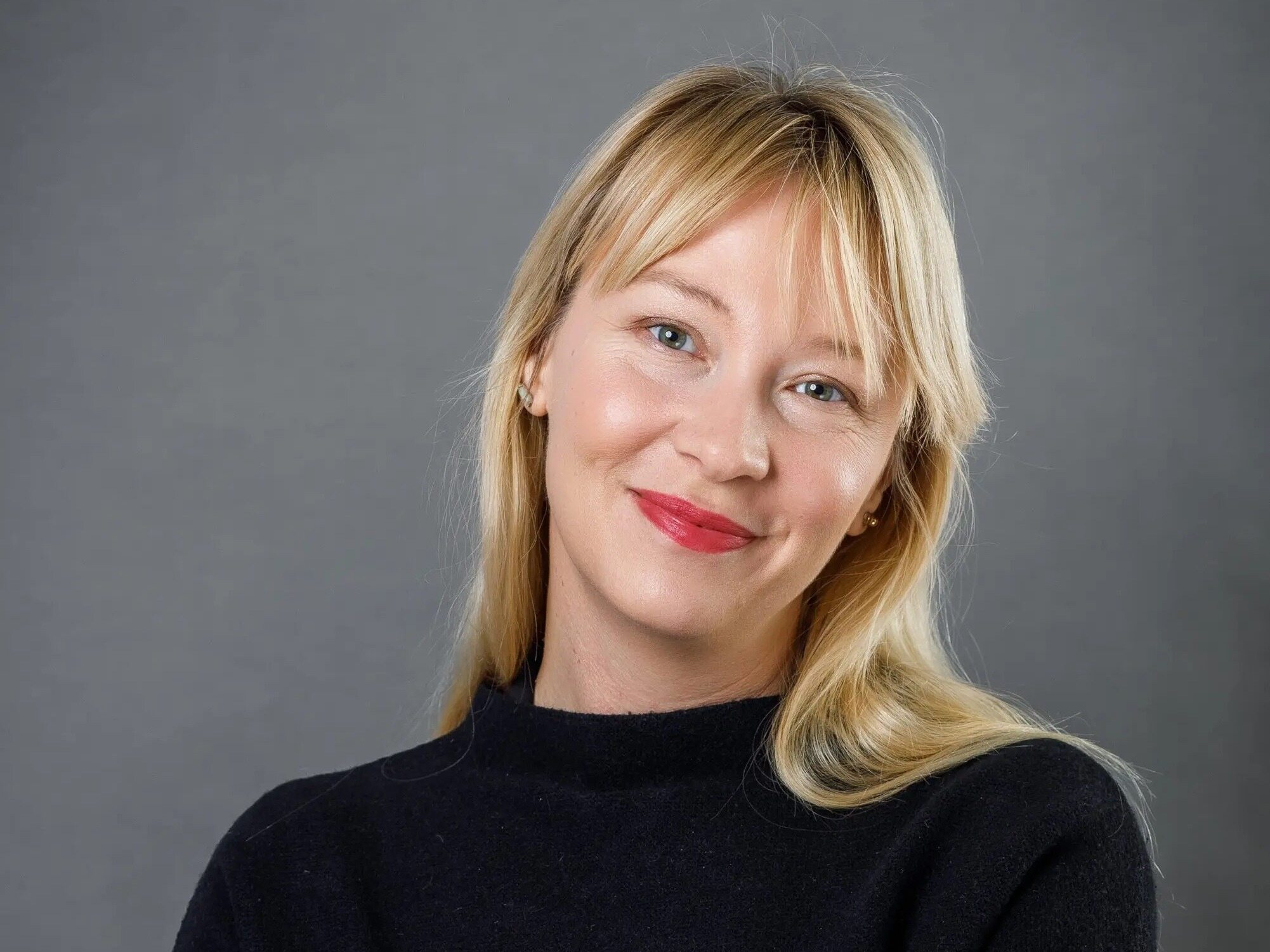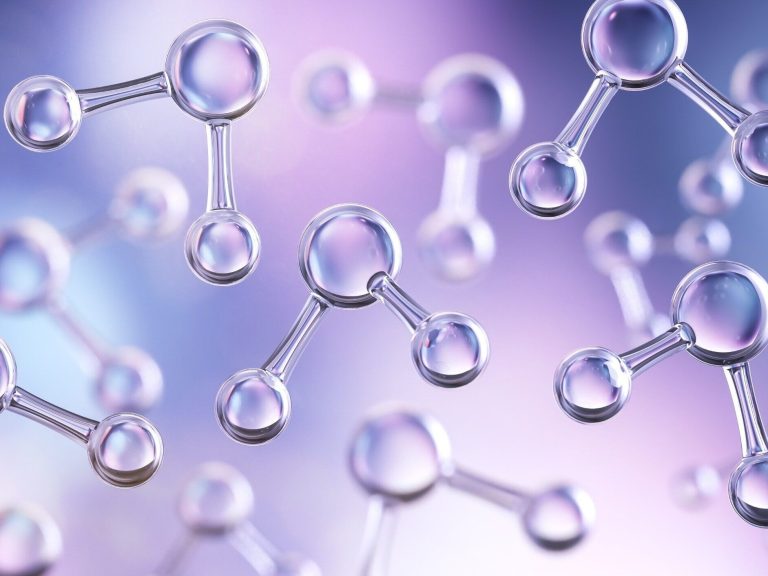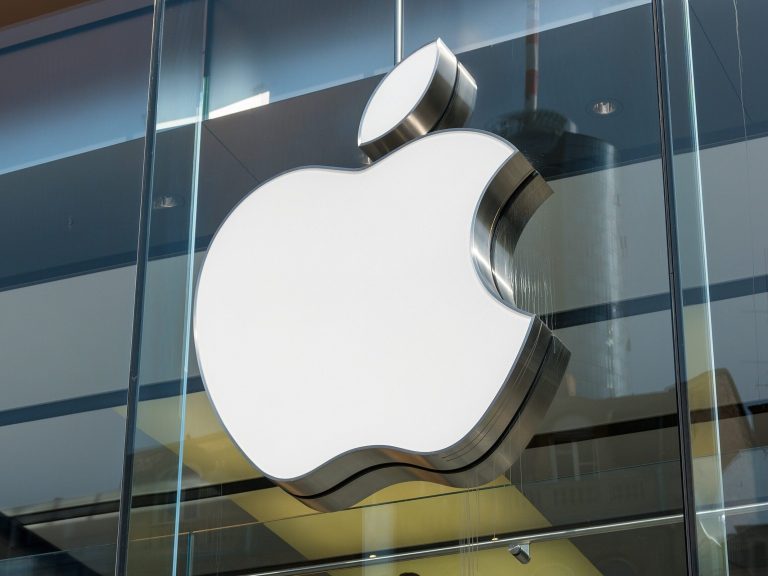Artificial intelligence like a microscope. Prof. Przegalińska: Scientists eagerly use this tool

“The man has to ask the questions. But in order to learn about the world effectively, he has to use more and more advanced tools. And certainly artificial intelligence is one of the most important, said Dr. hab. Aleksandra Przegalińska, professor at Kozminski University and expert in the field of artificial intelligence.
This month, as part of the series “Science is a Polish specialty”, we are dealing with new technologies in science. In this context, we are particularly attentive to the use of artificial intelligence by scientists and research into this technology itself. That is why we invited a Polish researcher of artificial intelligence, Dr. Hab. Aleksandra Przegalińska, professor at the Kozminski University in Warsaw.
We invite you to listen to the entire episode of the Wprost podcast “People of Science”:
Artificial intelligence has been developing for years
Aleksandra Przegalińska in the podcast “People of Science” pointed out that one of the factors that has caused such great interest in artificial intelligence in recent months is the development of generative artificial intelligence models, such as the famous ChatGPT, which are available to everyone.
“This change in accessibility is perhaps key to the huge interest in artificial intelligence we are seeing now,” emphasizes Prof. Kozminski Academy. – Generators like ChatGPT in less developed versions have existed since 2017, but it wasn’t until 2022 that they became so easy to use. I think this is the reason for the great interest in AI today, the scientist points out.
However, he emphasizes that a lot has been happening in the field of artificial intelligence for years. – From social media with personalized “feeds” to weather forecasts … We’ve been doing this for a decade using artificial intelligence, specifically using machine learning models. In this sense, artificial intelligence has been developing before, but now it is accelerating, he points out. He also reminds that the very term “artificial intelligence” in science has existed since 1956.
Artificial intelligence as a tool for scientific research
Artificial intelligence is already used in many fields of science, which we write a lot about in our texts this month, where we pointed out how Polish scientists use it, among others, in in medicine, in space research or in archaeological research. Prof. Przegalińska also believes that scientists are already very eager to use this tool.
“I’ve noticed it for a long time. Certainly, physicists use this tool, biologists are very eager to use mathematical modeling, machine learning, prediction, i.e. predictions offered by artificial intelligence. We have seen such applications in biology and chemistry, the scientist mentions. – But also in other areas, especially now that we have generative artificial intelligence, the appetite for using these models will increase. Humanists can take a critical interest in artificial intelligence, assess its operation and impact on society. We also have digital humanities that can freely use such language models as ChatGPT or LLaMa to practice science in a very precise way – he believes.
Prof. Przegalińska points out that “today artificial intelligence, a bit like the Internet, simply becomes a tool in human hands.” – Today we ask ourselves who uses artificial intelligence, how they use it, whether they will be willing to use it. And the answer is often yes, but it’s still such a cautious yes. But if we were to ask whether scientists like to use the Internet, the answer would be “of course, so does everyone.” It is a completely naturalized tool, obvious to everyone for everyday use. And I think that it will be similar with artificial intelligence in a moment – he claims.
“The synergy of human and artificial intelligence is important”
And can artificial intelligence help discover such properties of the world or the laws of physics that humans are currently unable to perceive? – I think that this can only happen in the synergy of human and artificial intelligence – points out prof. Kozminski Academy. – I don’t want to build a narrative that would lead to the idea that artificial intelligence will discover something on its own without us. Something we cannot define or even ask about. I don’t think so, says the professor.
In her opinion, artificial intelligence can be compared to a microscope. – Without a microscope, a piece of our reality would not be observable to us. It would be only hypothetical, we could think about it, speculate. And thanks to this tool, we just know what it looks like because it brings it closer to us. I think that it is very similar with artificial intelligence – says prof. Przegalinska. – This is a tool that allows you to analyze patterns contained in huge data sets very quickly and effectively – he points out.
The scientist emphasizes that if a person had to analyze these data “on foot”, it would take years.
– In this sense, it seems to me that the fact that we have the ability to analyze large data sets, be it medical data, scientific data collected in any other process, or social data contained, for example, in social media, is always such a predictive model, such artificial intelligence is necessary here to quickly capture the patterns contained in this data. She sees it right away. Kozminski Academy. – We have many different forms of intelligence, we also have a highly developed computational intelligence, but not as much as artificial intelligence. It, in turn, does not have very many other dimensions of our intelligence, so it is complementary. The man has to ask the questions. But in order to learn about the world effectively, he has to use more and more advanced tools. And certainly artificial intelligence is one of the most important – points out prof. Przegalinska.






